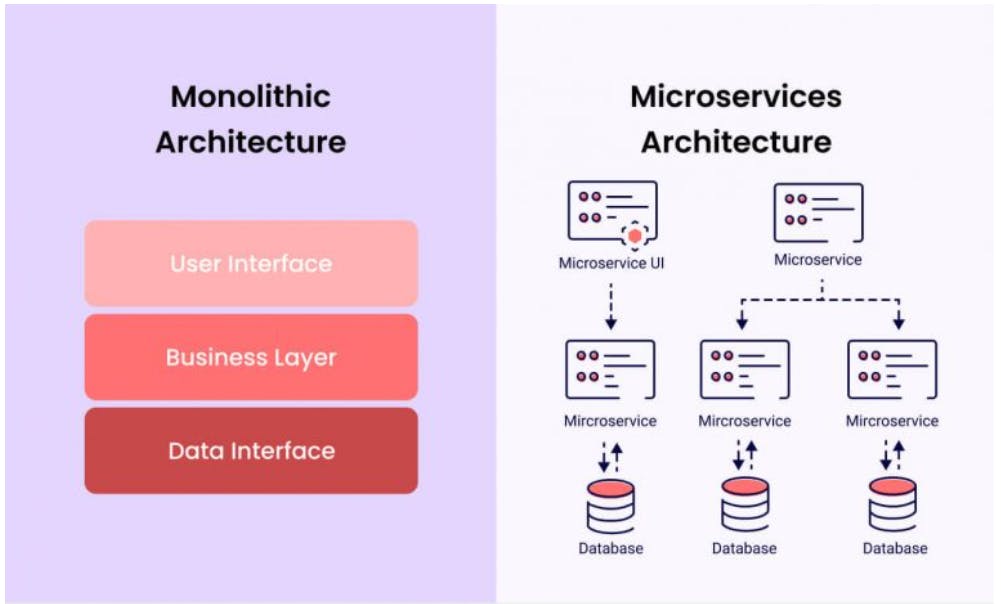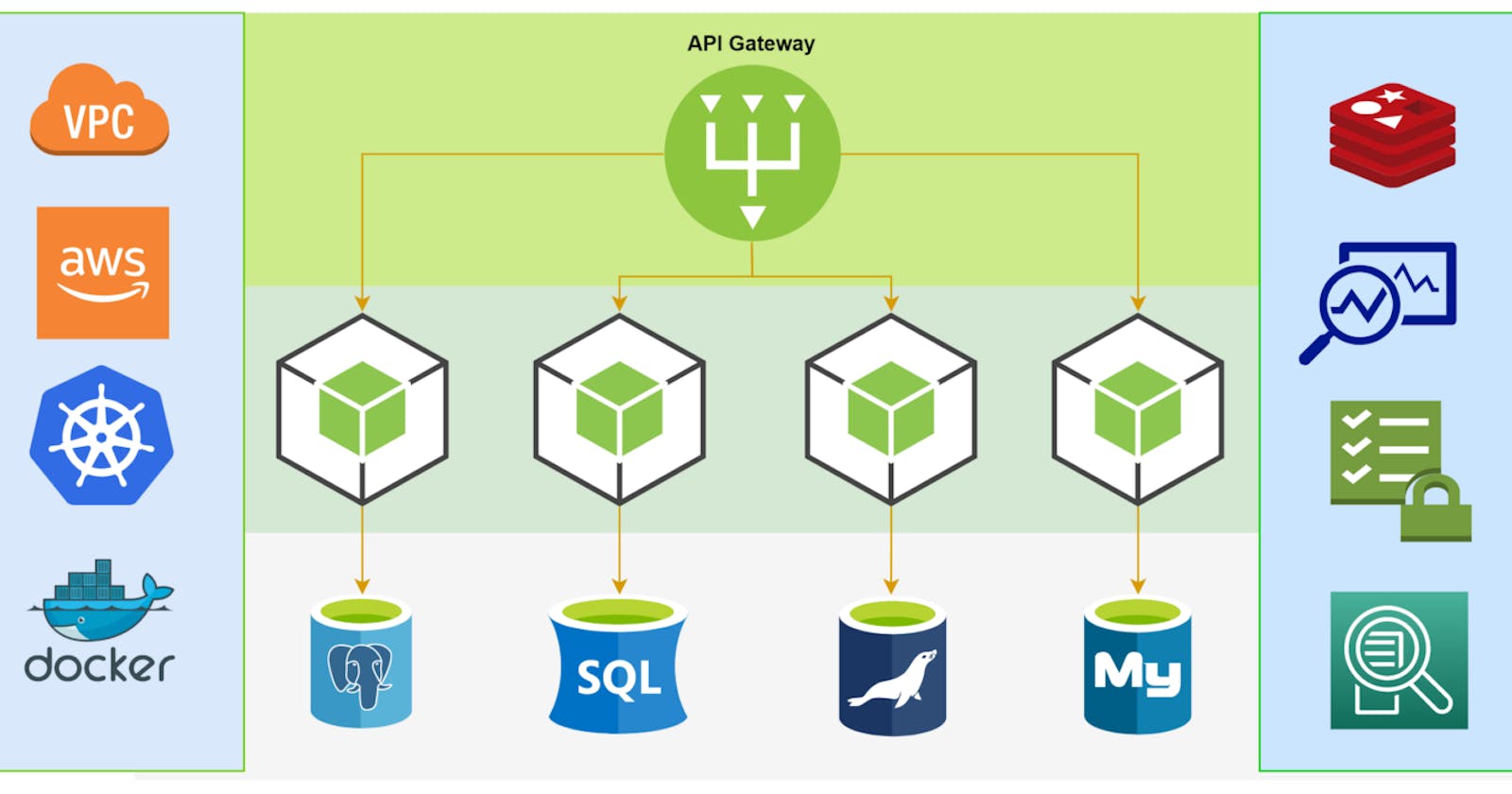why the microservices came into play?
Developers need to deploy applications quickly and make changes to the application without a complete redeployment. This has led to a new development paradigm called “microservices,” where an application is broken into a suite of small, independent units that perform their respective functions and communicate via APIs.
Microservices are a new trend rising fast from the enterprise world. Even though the design principles around microservices have been identified, it is difficult to have a clear view of existing research solutions for architecting microservices. In this paper we apply the systematic mapping study methodology to identify, classify, and evaluate the current state of the art on architecting microservices from the following three perspectives: publication trends, focus of research, and potential for industrial adoption. More specifically, we systematically define a classification framework for categorizing the research on architecting microservices and we rigorously apply it to the 71 selected studies. We synthesize the obtained data and produce a clear overview of the state of the art. This gives a solid basis to plan for future research and applications of architecting microservices.
Microservices can be thought of as a form of service-oriented architecture (one of the most critical skills for Java developers) wherein applications are built as a collection of different smaller services rather than one whole app.
Instead of a monolithic app, you have several independent applications that can run on their own. You can create them using different programming languages and even different platforms. You can structure big and complicated applications with simpler and independent programs that execute by themselves. These smaller programs are grouped to deliver all the functionalities of the big, monolithic app.

How does Microservices Architecture work?
Microservices architecture focuses on classifying the otherwise large, bulky applications. Each microservice addresses an application’s particular aspect and function, such as logging, data search, and more. Multiple such microservices come together to form one efficient application.

This intuitive, functional division of an application offers several benefits. The client can use the user interface to generate requests. At the same time, one or more microservices are commissioned through the API gateway to perform the requested task. As a result, even larger complex problems that require a combination of microservices can be solved relatively easily.
-----Microservices systems facilitate each component service’s independent building, operation, scaling, and deployment. There is no sharing of the codes or functionality with other services. The use of well-defined APIs propagates communication between the program’s various components.
-----Depending on a specific issue, every service in the system is tailored to a unique set of skills. The services may further break down into more minor services if the developers provide additional code.
The other way around, Microservices are independently releasable services modeled around a business domain. A service encapsulates functionality and makes it accessible to other services via networks—you construct a more complex system from these building blocks.
One microservice might represent an inventory, another order management, and yet another shipping, but together they might constitute an entire eCommerce system. Microservices are an architecture choice that gives you many options for solving the problems you might face.
What are the key benefits of microservices architecture?
About 87% of those who have adapted to the microservices architecture believe that it could soon become the favorite application of executives and project managers as it is now of developers. They are in tune with how the corporate owners intend to build, run and maintain their teams.
Using microservices architecture in application development can be highly beneficial. Below are some of its key benefits.

1. Requires less development effort to scale up
2. Provide better scalability
3. Can be deployed independently
4. Microservices offer improved fault isolation
What is microservices architecture used for?
1. Data processing
2. Media content
3. Website migration
4. Transactions and invoices
Microservices tools
Building a microservices architecture requires a mix of tools and processes to perform the core building tasks and support the overall framework. Some of these tools are listed below.

Challenges associated with microservices architecture
- Inter-service communication
- Distributed logging
- Transaction spanning
- Cyclic dependencies between services

